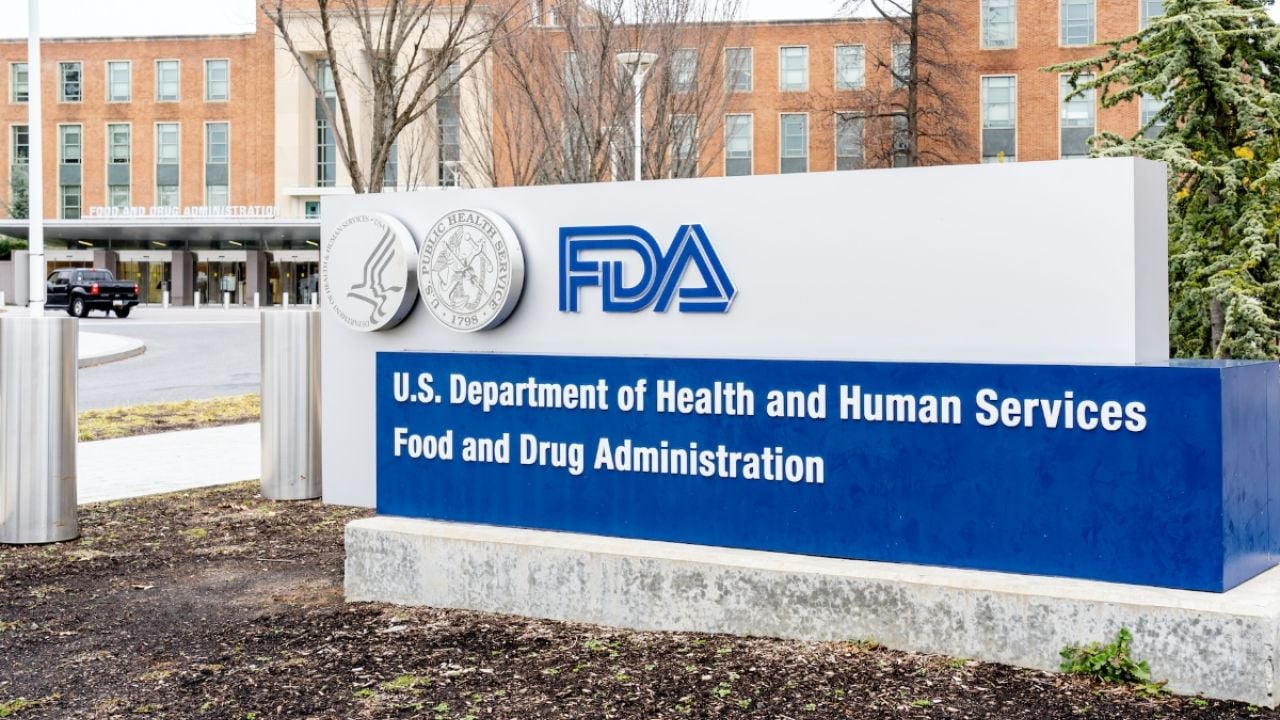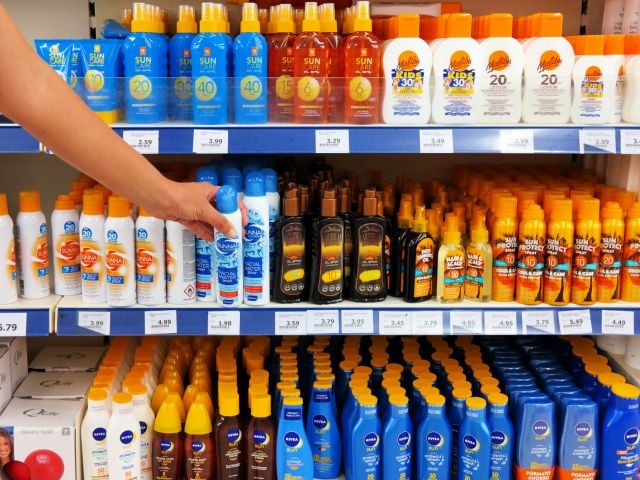
MoCRA is the Modernization of Cosmetics Regulation Act – a much-needed step forward in reforming federal laws to ensure cosmetics are safer for consumers.
This new law aims to strengthen regulation in beauty and personal care products. While companies are working to fully implement the law, its fate under the Trump administration is uncertain.
The incoming president’s new priorities, potential federal agency funding slashes in Congress, and staffing shortages at the Food and Drug Administration could combine to significantly hinder the agency’s ability to enforce new rules created through the law.
The law aims to modernize how cosmetics are regulated – bringing it up to date for the first time since 1938. So it’s a crucial piece of legislation that addresses long-standing inadequate oversight.
But the law faces a critical hurdle: the funding and staffing needed to implement it. Without sufficient resources, the FDA may struggle to enforce the new regulations by ensuring companies’ compliance, leaving a large gap in consumer protection.
The risk of agency budget cuts and staffing losses is growing, especially under the threat of next year’s Congress, which is likely to push for more deregulation, not better safety protections.
Fewer FDA employees with tighter budgets could stall safety reviews of cosmetics chemicals and reduce enforcement of the law. The result may see some companies, particularly small brands, more easily evade their regulatory obligations.
Registration requirement
One of the biggest changes the law makes is to require cosmetics companies to register with the FDA. This part of the law went into effect earlier this year.
Until now, many companies could avoid informing the FDA about their products. The new system gives the agency a clearer picture of what’s being sold, including ingredients. The FDA can then better track use of potentially harmful chemicals and respond more quickly to health problems.
While the new system is an improvement, particularly the increased transparency, it doesn’t solve all the problems of federal cosmetics safety oversight. There’s still a risk that smaller brands might slip through the regulatory cracks and avoid the needed scrutiny.
Even if the FDA does enforce the new law, nothing guarantees it gets enforced strictly or that the threat of enforcement will ensure all companies meet safety standards.
The law also grants small businesses extra time to comply with its requirements.
In short, cosmetics shoppers in the U.S. remain vulnerable to the health risks of unsafe products, especially when the FDA’s enforcement capacity remains uncertain.
Missed deadlines
When Congress passed the updated cosmetics law, it included deadlines for the FDA to act on various new rules designed to better protect consumers from the health harms of problematic chemicals. But the agency has already fallen behind on two critical deadlines.
First, by July, the FDA was required to propose standardized test methods for detecting asbestos in talc-containing cosmetics. Although the FDA submitted the proposed rule for White House pre-release review in early 2024, the agency still has not released the rule publicly.
Second, MoCRA requires the FDA to address fragrance allergen labeling, with draft guidelines due by July 2024. But the FDA has yet to release a proposal and it’s already blown past its earlier target date of releasing one by October 2024. These two examples prompt worry about the FDA missing other MoCRA deadlines.
For example, the agency is expected to assess the use of the toxic “forever chemicals” known as PFAS in cosmetics, with a report due to Congress by December 29, 2025. These chemicals are known for their persistence in the environment and serious health risks. New studies show personal care products may contribute significantly to PFAS exposure and that these chemicals can be absorbed through skin.
States’ efforts to address risks
With no federal action tackling the risks of harmful substances in cosmetics, some states have stepped up.
California has enacted three laws banning more than 50 chemicals and all PFAS from cosmetics, include the California Toxic-Free Cosmetics Act, which takes effect on January 1, 2025. These efforts provide a model for other states.
In 2023, Washington enacted its Toxic-Free Cosmetics Act, banning entire classes of chemicals from cosmetics, including PFAS and ortho-phthalates, and harmful chemicals like formaldehyde. Most bans take effect in 2025. Formaldehyde releasers will phase out starting in 2026, and products with lead compounds above 1 part per million will be banned after January 1, 2025.
Similarly, Colorado and Maryland have taken bold steps to restrict PFAS and other toxic chemicals in personal care products.
MoCRA preserves states’ authority to ban or regulate chemicals in cosmetics. But the new Congress could intervene, blocking states from setting any rules stricter than the FDA and weakening laws in states that are leading the way in cosmetics safety.
With federal agencies like the FDA struggling to keep up, it’s more important than ever to protect the power of states’ vital defense against unsafe cosmetics.
Holding out hope
While the current situation looks grim, there is still hope for consumers who want healthier options when shopping for cosmetics and other everyday personal care products.
As the political climate shifts, EWG remains committed to offering transparency about what people buy, ensuring they have access to reliable information to avoid hazardous ingredients in cosmetics and other items.
Consumers can rely on resources like EWG’s Skin Deep® database, which rates products based on the safety of their ingredients. Skin Deep empowers individuals to make informed choices about cosmetics and personal care products.
EWG’s Healthy Living app also provides easy access to product ratings and ingredient safety information on the go. Look for EWG Verified® products, which meet our highest standards of ingredient transparency and safety, and are free of chemicals of concern.
With 2025 and the new administration rapidly approaching, the future of cosmetics regulation remains uncertain, and the FDA’s ability to protect consumers hangs in the balance.
It is essential that the FDA receives the funding and staffing it needs to enforce MoCRA effectively, to ensure full and successful implementation of the law.


.jpg?h=d465f664&itok=WYq977wp)
